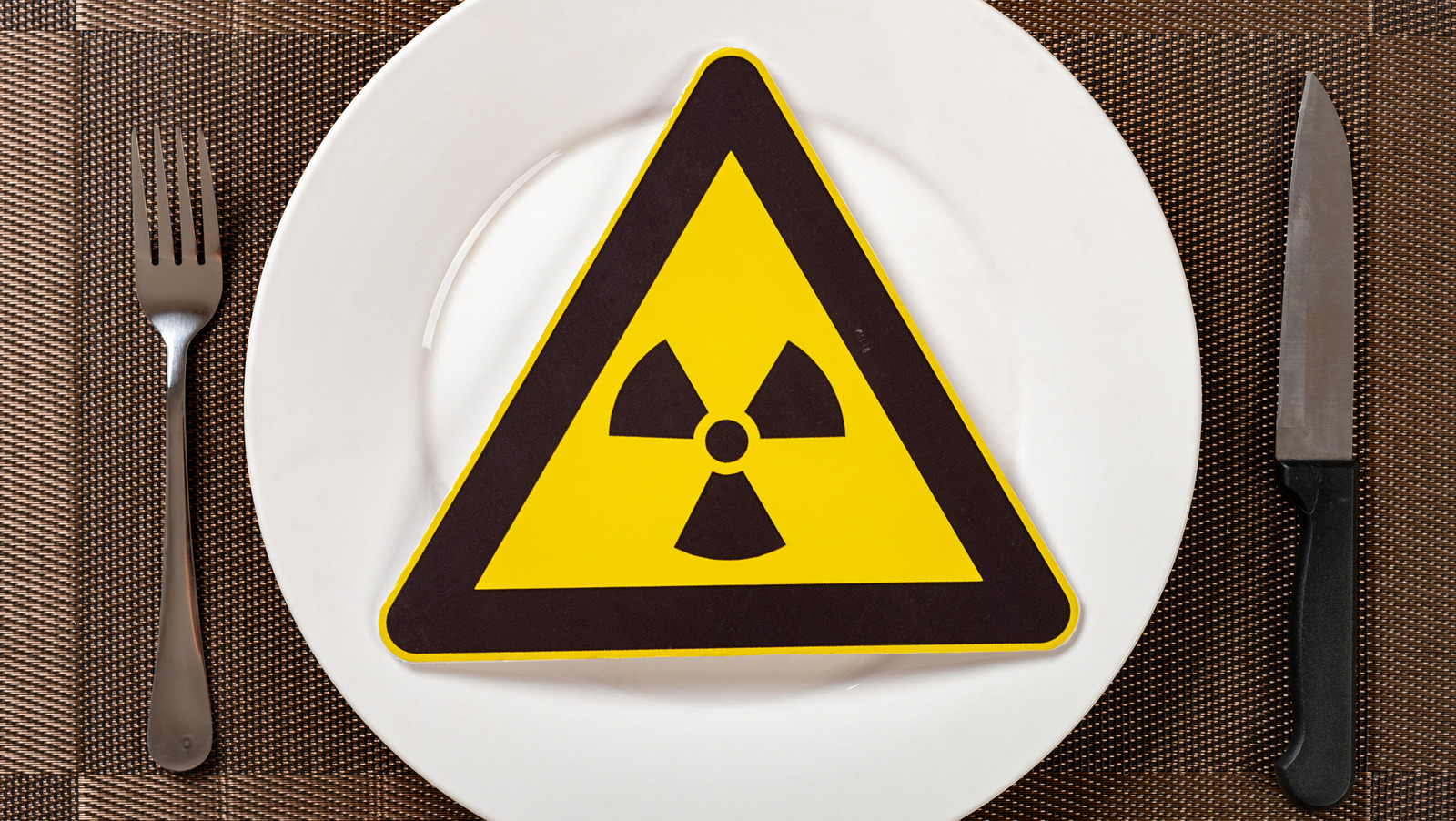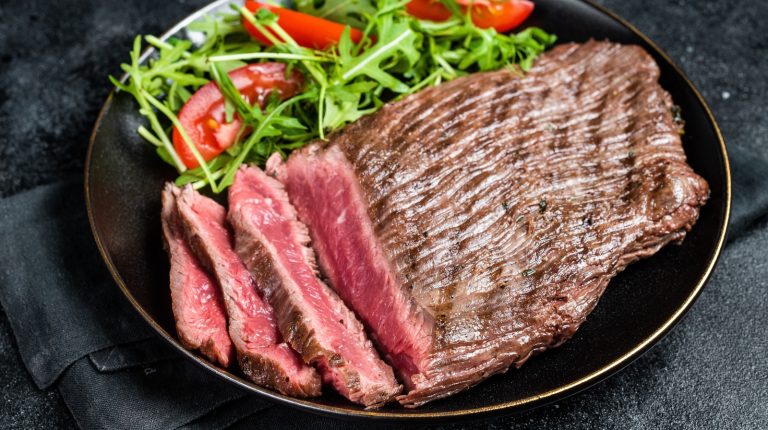The idea of treating meat with radioactive substances may seem concerning since many of us assume radioactivity is inherently harmful. However, it turns out that irradiated meats (and other foods) are safe to eat. In fact, irradiation can serve a few useful food safety purposes, making it not just safe but helpful.
According to the FDA, irradiating meat kills off bacteria (like salmonella and E. coli) that cause food poisoning and helps extend shelf life by eliminating other organisms that cause food to spoil. It also kills insects that hide in imported produce like tropical fruits, particularly mangosteens (which were once banned in the U.S.). The process is also used to sterilize food, which can be served in medical settings for patients with seriously weakened immune systems.
Irradiating meat involves passing it through a chamber and hitting it with radiation. This procedure may also involve high-energy electron beams and X-rays. The energy from these actions hits the meat and quickly leaves the food, so there’s no lingering radiation. Don’t worry about your meat being exposed to something ultra-toxic like uranium. Only a couple of specific chemical elements (like cobalt-60) are used for irradiation. While direct exposure to cobalt-60 could harm humans, the irradiation process is safe because the elements almost immediately leave the food. Irradiation doesn’t affect the taste of food, although it can decrease vitamin content. Other food safety treatments like pasteurization have the same impact; often, these processes eliminate the same amount of or more nutrients than irradiation. Even so, consumers should probably stick to pasteurized products, as health officials have issued warnings about drinking unpasteurized apple cider and the dangers of TikTok’s raw milk trend.
How common is meat irradiation?
If you’re still concerned about consuming irradiated meat (and to be clear, you shouldn’t be), you should also know that irradiation isn’t a particularly common process. There aren’t many specific statistics about it, but in 2010, less than 0.1% of meat and produce was irradiated. Some products, particularly milk, typically forgo irradiation for pasteurization, an equally important food safety procedure. Some 97 million pounds of food are irradiated each year, which isn’t all that much, considering America consumes (very roughly) over 600 billion pounds of food annually (based on the average American eating around 2,000 pounds of food per year).
The one exception is spices, which are irradiated much more frequently. In 2010, around one-third of spices received this treatment. This is because imported spices can have notable levels of contamination, be it from insects or much tinier pathogens like salmonella. Plus, since spices are consumed in much smaller quantities compared to, say, meat, irradiation is more cost-effective — an important factor considering it’s not the cheapest food safety treatment.
In any case, if you want to avoid food that’s been treated with radiation, the products are required to be marked with a particular symbol called a radura and words to the effect of ‘treated with radiation.’ But the practice is approved and considered safe by authorities in the U.S. and the EU, so it shouldn’t be a concern. If anything, it’s making your food safer.





